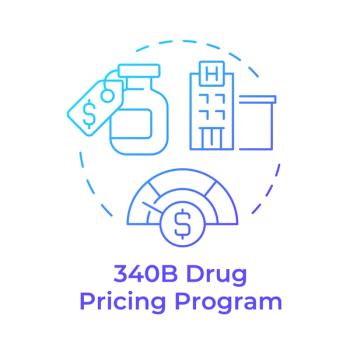
CVS Caremark researches pharmacy benefit plan design
CVS Caremark research finds $0 copay for generic medications can increase dispensing.
Research from CVS Caremark, Woonsocket, R.I., illustrates how innovative pharmacy benefit plan design can impact generic utilization. The study underscores how pharmacy benefit managers (PBMs) can work with plan sponsors to manage costs and improve health outcomes by working to change plan participant behavior through increased engagement.
The survey found that implementing a $0 copay structure for generic medications can be an effective strategy to increase generic dispensing, with the generic dispensing rate (GDR) increasing to 60.8% (a 4.2% increase) during the study period.
“Our 2009 Benefit Planning Survey found that clients are more interested in identifying opportunities to change plan participant behavior, rather than shift costs,” says Jack Bruner, executive vice president, CVS Caremark.
In addition to an improvement in GDR during the study period, the analysis found that the average participant cost share for generic medications decreased almost 10%. In addition, the average plan cost per 30 days of therapy also declined slightly, despite the reduction in generic copayment rates. Use of three key preventative drug classes also increased significantly (participants on cholesterol lowering therapy increased 13%, on antihypertensive therapy increased 7% and on diabetic therapy increased 9%) as a proportion of eligible patients.
“While some plan designs work to drive generic utilization by increasing brand medication copayments, this study demonstrates that lowering the generic copayment can also be an effective strategy to increase GDR,” says Bruner. “In addition, the data indicates that lowering the generic copayment may also be associated with an increase in participants taking key preventative drugs, which could positively impact adherence and overall health outcomes.”
The study was designed to evaluate the results of plan design changes, including implementation of a $0 copay for generic medications, on the GDR; plan participant cost and impact of plan participant behavior changes on health outcomes. During the study period, participants were allowed to fill prescriptions for generic medications at a preferred retail pharmacy network at a $0 copay.
The study included 15,000 plan participants covered by a self-funded employer group who were continuously enrolled under the benefit for the duration of the study period, which lasted from Dec. 1, 2007 until July 31, 2009.
Newsletter
Get the latest industry news, event updates, and more from Managed healthcare Executive.






















































